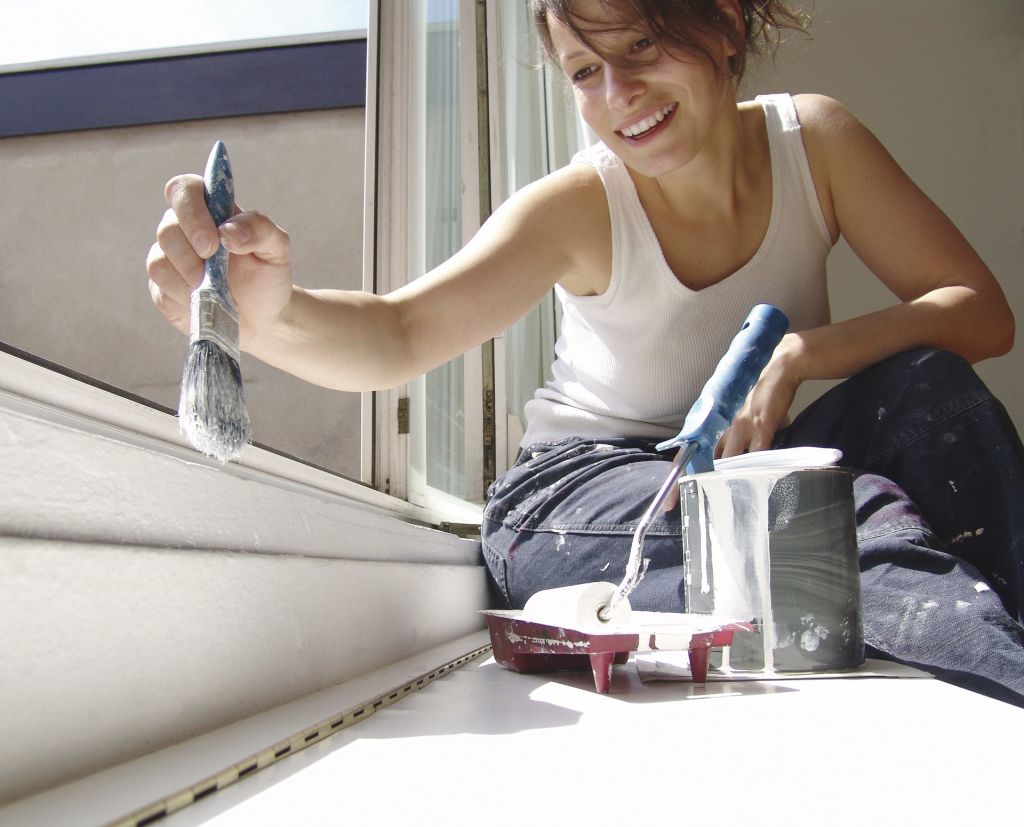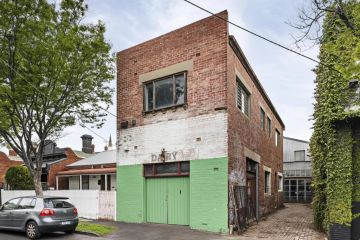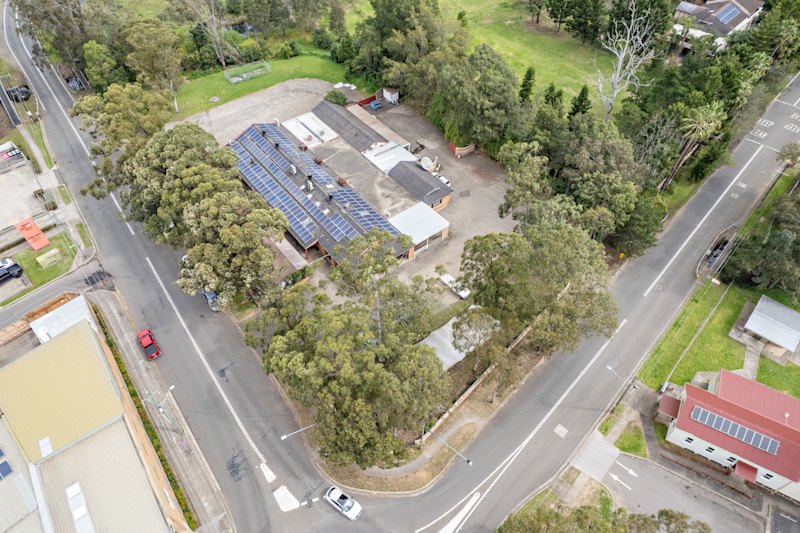A guide to choosing household paint

There is no denying a fresh coat of paint can transform a room or building, and it is one of the most cost-effective home renovations you can undertake. Not only do you receive major bang for your buck in terms of impact, it’s also a job most of us can do.
There are two main considerations: colour and sheen. Both are important and both will have a big effect on the end result.
Colour is a topic all to itself but generally stick with light shades, paint sample patches to help solidify your decision and remember, preparing your surfaces is the key to getting a great result. Here are our suggestions on the best household paint options for the different parts of your home, as well as primers and external paints.
To prime is divine
Always begin by preparing your surface. Fill any holes and scrub or sand as necessary. Then wash your walls down with sugar soap. Next you’ll need to apply a primer or undercoat. If the surface has been recently painted to a high standard and in a similar colour, then you may be able to skip this step, otherwise plan to prime.
Primer gives your paint something to adhere to, improving finish and durability, and it brings out your top coat’s true colour. If your walls are dark blue and your new colour is duck egg grey, you’ll need the undercoat to prevent the blue from showing through.
You can choose between a primer, sealant or basic undercoat, or buy a three-in-one product. A primer provides adhesion, inhibits moisture and prevents stains and tannins from coming through the top coat. Primer is particularly important when painting timber or metal surfaces as it creates grip for the top coat and can provide protection against mould and corrosion.
Sealants can be used instead of, or in conjunction with, primers. They provide adhesion, as well as sealing off the surface to create a uniform finish. An undercoat of your topcoat colour can help level out surface imperfections and produce a more even coverage.
For wet areas such as bathrooms, laundries and kitchens use a primer to act as a sealant and stain inhibitor. Choose one that contains fungicides to help prevent mould and mildew.
Choose your level of sheen
Sheen impacts the finish of your paint job significantly, and remember, the greater the gloss the greater the reflection, so take this into consideration when painting light-filled areas.
As a general rule the flatter the paint, the better it is for hiding surface imperfections. On the other hand it can be more difficult to clean than other finishes and may require the occasional touch-up.
Flat or matte paints are recommended for walls and ceilings, offering a lovely dense finish, but avoid using it in thoroughfares or children’s bedrooms where it can easily mark.
You can take the middle road with a satin, low sheen or eggshell finish. Each features low-sheen with varying degrees of gloss. Satin has a lustrous finish, eggshell is meant to emulate the finish of an eggshell, while low sheen is the least reflective of the three.
Low sheen and eggshell will work well in your main living areas such as bedrooms, lounge and dining rooms. Satin is the great all-rounder; its higher gloss content means it is more durable and can be used in children’s rooms, hallways, kitchens and bathrooms, and on doors, windows and woodwork.
Finally, there are gloss and semi-gloss paints. Surface preparation is particularly important when it comes to gloss paints as they tend to highlight imperfections. Generally gloss or semi-gloss paints are used on skirting, trims, doors and windows, or any detail you would like to highlight like architraves or cabinetry. The intensity of gloss paint, and the fact that it highlights the texture of the surface, makes it an unusual choice for large surfaces but it is possible.
Semi-gloss or gloss paint can be a good choice for wet areas, particularly bathrooms and laundries, as they both stand up well to cleaning and the damp environment.
Effects paint
Metallic, stone, pearl, suede or chalkboard are just some of the effects paint on the market. Creating the appearance of depth or texture on a wall can turn your household paint job into a cost-effective design feature, replacing the need for artwork.
Consider using chalkboard paint in your kitchen or children’s bedroom, it is a fantastic alternative to a fridge plastered in notes or the chaos of drawing apparatus strewn across the living room.
Enamel versus acrylic
Gloss and semi-gloss paints tend to be enamel, while low sheen paints are generally acrylic based. Traditionally enamel paints have been considered more hard-wearing as they dry harder and have a much tougher finish. On the downside, enamel takes longer to dry, is difficult to clean up (turps is usually necessary) and has a very strong odour when painting. Acrylic paints are water based and dry in several hours, while enamel or oil-based paints often require overnight.
When painting your home’s exterior, it is worth considering acrylic paint over enamel. According to Dulux paints, enamel tends to become brittle with age and can flake, while acrylic paints are more durable and retain colour better. A definite plus considering Australia’s long, hot summers.
Today it is possible to buy water-based and oil-based enamel paints, water-based enamels are easier to clean up, dry quickly and emit less painting odour!
We recommend
We thought you might like
States
Capital Cities
Capital Cities - Rentals
Popular Areas
Allhomes
More







